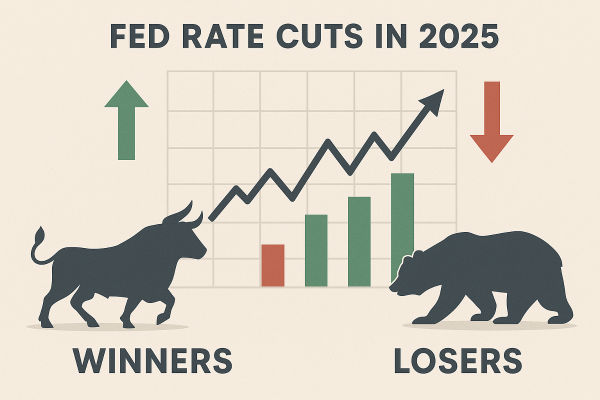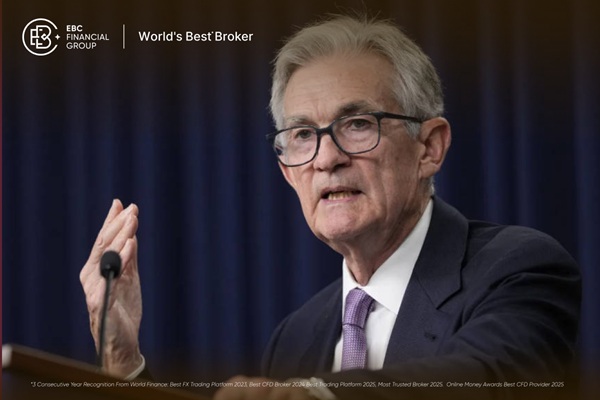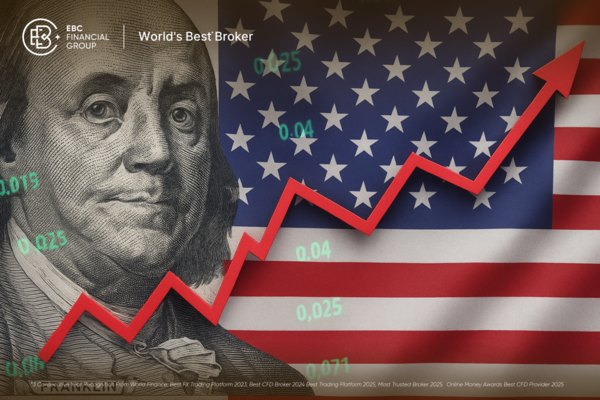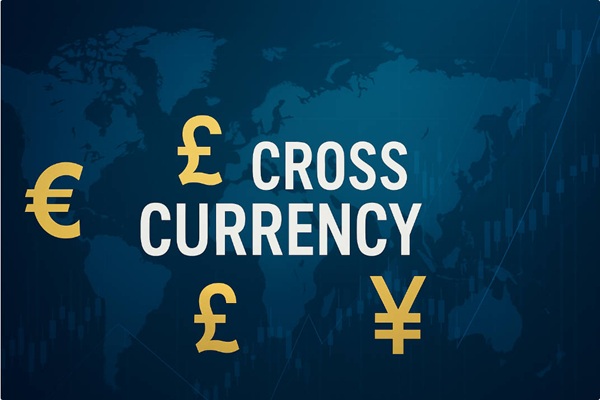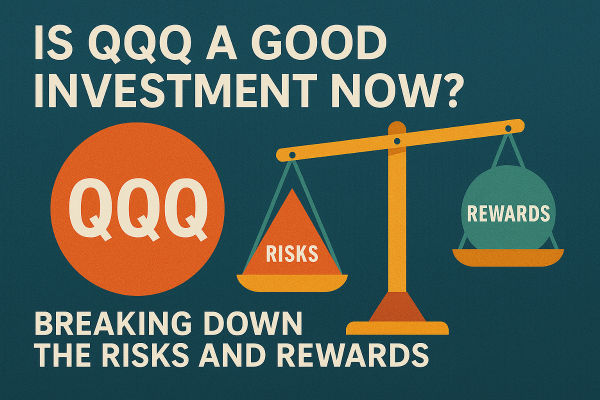The first week of August is approaching, and with it comes a familiar tension on trading floors worldwide. The US non-farm payrolls report, known for igniting sudden market swings, is due on 1 August—and investors are bracing for the fallout. After a run of record-high closes for Wall Street and a complicated global inflation backdrop, could this month's jobs data be the spark that ends the summer calm?
Why August Non-farm Payrolls Matter Now
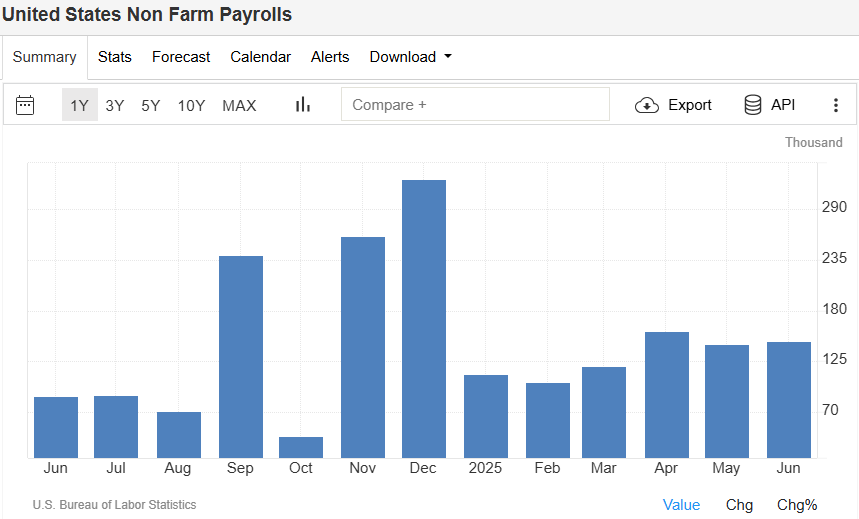
Every first Friday, the US labour market comes under the microscope with the non-farm payrolls report. This single figure—together with wage growth and the unemployment rate—has the power to shift sentiment across equities, bonds, and currencies in a heartbeat. With the Fed's next move hanging in the balance and recession talk simmering, August's release could prove especially consequential.
The latest report shows the US economy added 147,000 jobs in June, topping consensus calls for 110,000. The unemployment rate ticked down to 4.1%, indicating a sturdy, if cooling, labour market. As of late July, jobless claims have dipped to a three-month low at 217,000, strengthening the impression of underlying resilience despite data headwinds elsewhere.
Markets on Edge: Why This Month Feels Different
Markets have been riding a wave of optimism, but recent signals are mixed:
-
US equities surged to new highs in July, with the S&P 500 up 0.6% last week and the Nasdaq climbing 1.5%.
-
Bond yields have firmed as traders hedge bets on further Fed easing.
The US dollar has drifted sideways, sensitive to every fresh whisper about rates and inflation.
What's made investors sit up and take notice? Alongside sturdy payroll numbers, manufacturing activity is faltering, and some sectors show signs of wage growth decelerating. A report that misses expectations could trigger a sharp repositioning across risk assets and the greenback.
What to Expect: Consensus and Wild Cards
Economists expect July's non-farm payrolls to show a gain between 108,000 and 115,000 jobs—down from June but still in positive territory. The unemployment rate is forecast to hold at 4.1%. Average hourly earnings are projected to rise by around 3.6% year-on-year—a thoughtful sign that wage inflation is slowly receding.
But surprises happen, and their significance can be magnified during policy turning points:
-
A strong beat (>140,000 jobs): Could revive the dollar and pressure stock indices, prompting talk that the Federal Reserve will hold rates higher for longer.
A miss (<100,000 jobs or rising unemployment): Would boost expectations of a September rate cut, likely lifting stocks, hurting the dollar, and driving demand for gold and bonds.
More Than Just August Non-farm Payrolls: Other Key Data to Watch
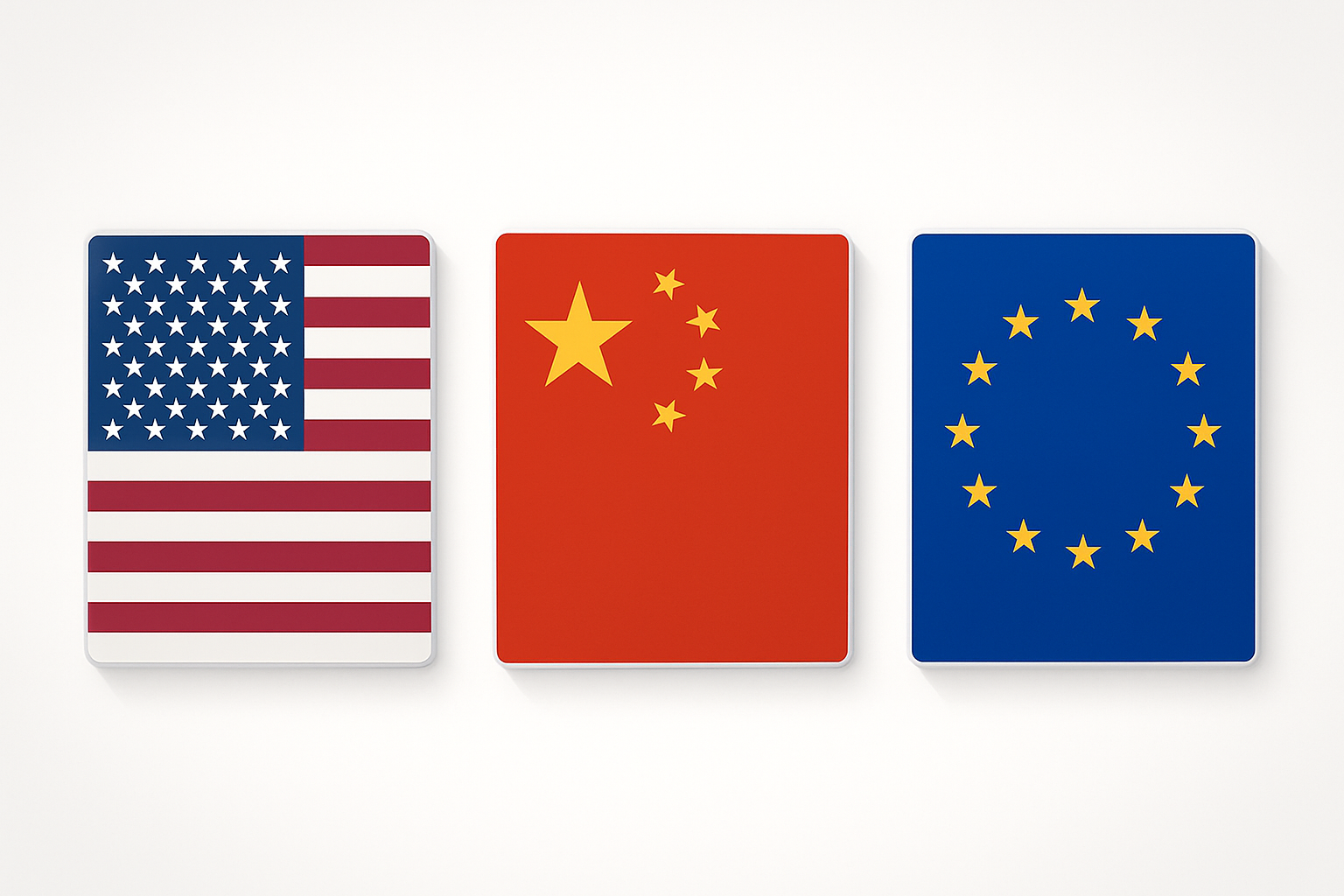
This jobs release lands alongside a heavy data calendar, amplifying any market moves:
July's reading fell to 46.8, a four-month contraction streak that spotlights potential cracks in the expansion narrative. Investors want to see if August brings stabilisation or further weakness.
Inflation kicked higher to 2.6% year-on-year last month. Another upside surprise could shift ECB policy bets and ripple into currency markets.
The July print slipped below the expansion line at 49.8, a clear signal of subdued global demand. Further softness would heighten risk-off sentiment globally.
With so many moving parts, non-farm payrolls are centre stage—but won't act alone in steering markets.
Where Could Markets Head Next?
It's a delicate balance. Stocks remain glued to record levels, but the cracks of a soft landing narrative are showing. If payrolls surprise on the upside, bond yields could rise as traders push back their bets on Fed easing. Conversely, weak numbers could be the nudge bulls need to drive risky assets higher—at least temporarily—if they believe the Fed will soon step in.
The dollar's fate hangs in the balance. A hot jobs print would likely send the USD rallying against major peers as rate-hike hopes flicker back to life. But disappointment may see the dollar soften—boosting gold, and potentially giving emerging-market currencies some breathing room.
Conclusion
August's non-farm payrolls report could be a make-or-break moment for this season's bullish run. Will the data reinforce confidence in a “soft landing,” or will a weak print reignite worries about slowdown, or even recession? Traders should have their risk management plans ready—because when the world's most watched jobs number drops, volatility is never far behind.
Disclaimer: This material is for general information purposes only and is not intended as (and should not be considered to be) financial, investment or other advice on which reliance should be placed. No opinion given in the material constitutes a recommendation by EBC or the author that any particular investment, security, transaction or investment strategy is suitable for any specific person.









